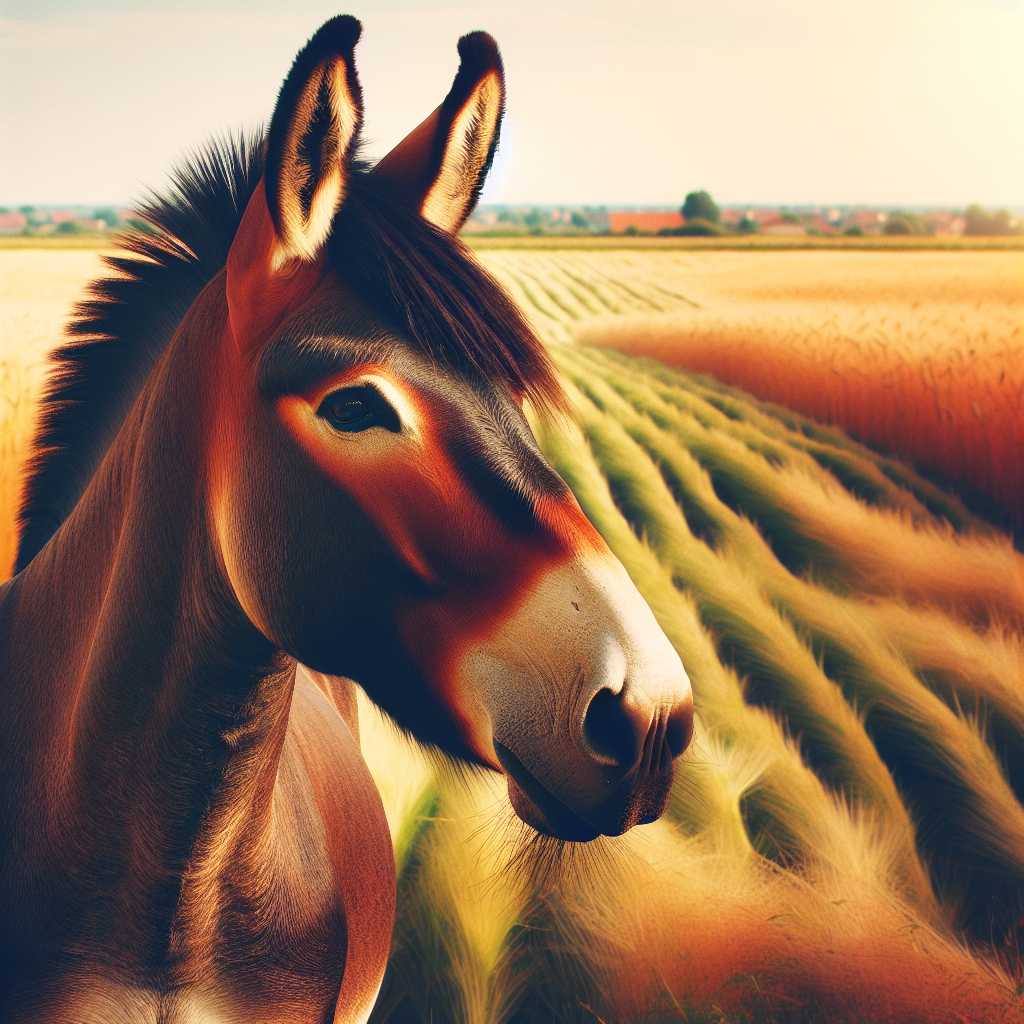The Significance and Utilization of Mules in Society
Mules have played a crucial role in various societies throughout history. Recognized for their robustness and resilience, mules are hybrid animals resulting from the crossing of a female horse (mare) with a male donkey (jack). This article will explore the unique characteristics of mules, their historical and present-day applications, including their role in agriculture, transportation, military initiatives, and leisure activities, and some pertinent data related to this versatile animal.
Understanding the Mule: An Overview of Genetics and Characteristics
Mules inherit desirable qualities from both parents: they get their strength, stamina, sure-footedness, and patience from the donkey, while acquiring their size, speed, and body shape from the horse. This blend makes mules particularly effective for a variety of challenging tasks. For instance:
–
Strength: Mules are notably stronger than horses of similar size because of the hybrid vigor that stems from their mixed genetics.
–
Endurance: The inherited stamina allows them to work for longer periods compared to purebred horses under same conditions.
–
Sure-footedness: They possess a highly developed sense of self-preservation which is evident in the care they take in navigating difficult terrain.
–
Disease Resistance: Mules often benefit from a stronger immune system which reduces vulnerability to many of the diseases that can affect horses.
Despite these strengths, mules cannot reproduce, as they are sterile due to having an uneven number of chromosomes that doesn’t allow for successful meiosis.
The Historical Role of Mules in Human Civilization
Since ancient times, mules have been harnessed by human societies across the globe. They were integral both in everyday life and for pivotal expansions or developments:
–
Agriculture: Historically, mules were indispensable to farmers for plowing fields and transporting produce to marketplaces.
–
Transportation: Before the industrial revolution’s arrival, mules were a primary means for transporting goods across rough terrains—making them instrumental in trade and expansion.
–
Military Use: Armies favored mules for their ability to carry heavy loads such as weapons and supplies across difficult terrains. Notably, they saw considerable use during World War I and World War II. Modern-Day Applications of Mules
Modern-Day Applications of Mules
In today’s world, although mechanization has taken over many past roles of mule labor, there’s a still healthy demand for these animals:
–
Agriculture: In some parts of the world where machinery cannot easily reach—and is not economical—mules continue to be dependable work animals.
–
Recreation: Mules are popular for riding, especially for trail-exploration because of their calm demeanor and secure footing in steep terrains.
–
Conservation Efforts: Some management agencies utilize mule teams for trail-clearing and other tasks in protected lands where vehicles might be disruptive or prohibited. Challenges and Protections for Mule Populations
Challenges and Protections for Mule Populations
While mules are generally hardy creatures, they face challenges such as abandonment or maltreatment in areas where machinery has supplated their roles. Animal rights organizations exist to provide sanctuary and promote responsible ownership practices.
